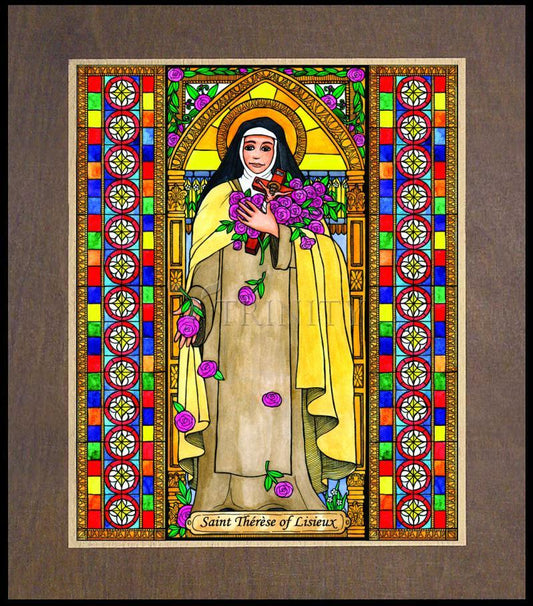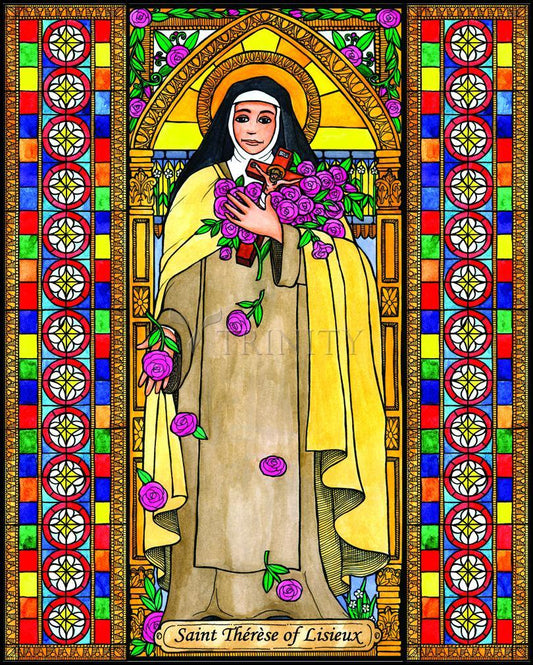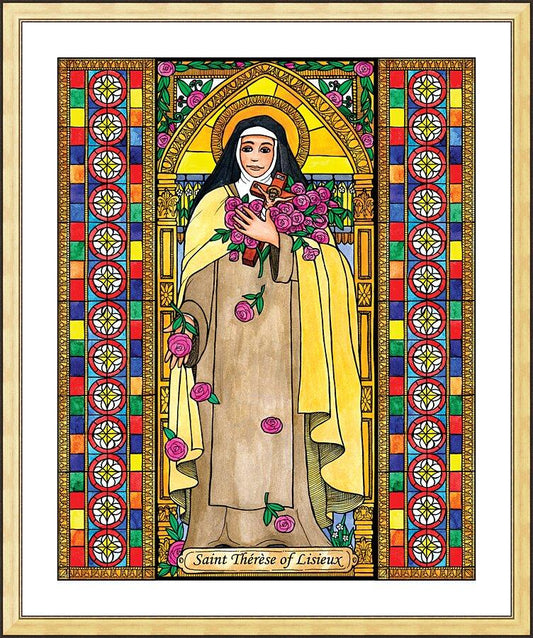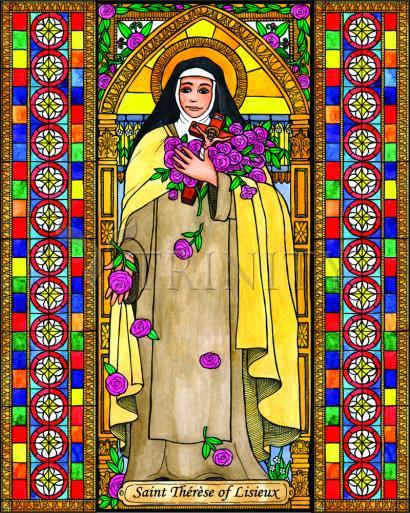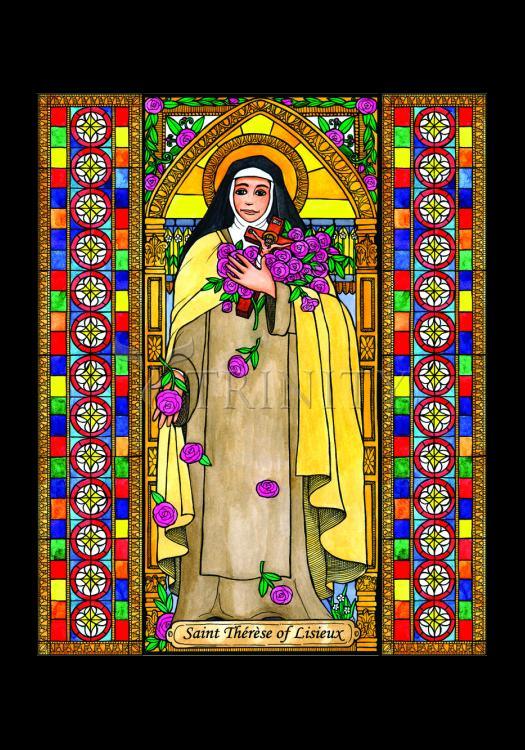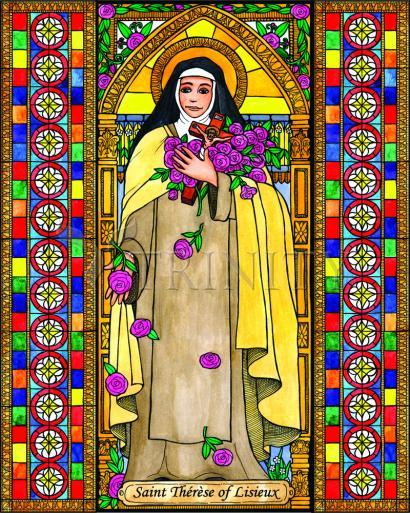The spread of devotion to St. Therese of Lisieux is one of the impressive religious manifestations of our time. During her few years on earth this young French Carmelite was scarcely to be distinguished from many another devoted nun, but her death brought an almost immediate awareness of her unique gifts. Through her letters, the word-of-mouth tradition originating with her fellow-nuns, and especially through the publication of Histoire d'un ame, Therese of the Child Jesus or "The Little Flower" soon came to mean a great deal to numberless people; she had shown them the way of perfection in the small things of every day. Miracles and graces were being attributed to her intercession, and within twenty-eight years after death, this simple young nun had been canonized. In 1936 a basilica in her honor at Lisieux was opened and blessed by Cardinal Pacelli; and it was he who, in 1944, as Pope, declared her the secondary patroness of France. "The Little Flower" was an admirer of St. Teresa of Avila, and a comparison at once suggests itself. Both were christened Teresa, both were Carmelites, and both left interesting autobiographies. Many temperamental and intellectual differences separate them, in addition to the differences of period and of race; but there are striking similarities. They both patiently endured severe physical sufferings; both had a capacity for intense religious experience; both led lives made radiant by the love of Christ.
The parents of the later saint were Louis Martin, a watchmaker of Alencon, France, son of an army officer, and Azelie-Marie Guerin, a lacemaker of the same town. Only five of their nine children lived to maturity; all five were daughters and all were to become nuns. Francoise-Marie Therese, the youngest, was born on January 2, 1873. Her childhood must have been normally happy, for her first memories, she writes, are of smiles and tender caresses. Although she was affectionate and had much natural charm, Therese gave no sign of precocity. When she was only four, the family was stricken by the sad blow of the mother's death. Monsieur Martin gave up his business and established himself at Lisieux, Normandy, where Madame Martin's brother lived with his wife and family. The Guerins, generous and loyal people, were able to ease the father's responsibilities through the years by giving to their five nieces practical counsel and deep affection.
The Martins were now and always united in the closest bonds. The eldest daughter, Marie, although only thirteen, took over the management of the household, and the second, Pauline, gave the girls religious instruction. When the group gathered around the fire on winter evenings, Pauline would read aloud works of piety, such as the Liturgical Year of Dom Gueranger. Their lives moved along quietly for some years, then came the first break in the little circle. Pauline entered the Carmelite convent of Lisieux. She was to advance steadily in her religious vocation, later becoming prioress. It is not astonishing that the youngest sister, then only nine, had a great desire to follow the one who had been her loving guide. Four years later, when Marie joined her sister at the Carmel, Therese's desire for a life in religion was intensified. Her education during these years was in the hands of the Benedictine nuns of the convent of Notre- Dame-du-Pre. She was confirmed there at the age of eleven.
In her autobiography Therese writes that her personality changed after her mother's death, and from being childishly merry she became withdrawn and shy. While Therese was indeed developing into a serious-minded girl, it does not appear that she became markedly sad. We have many evidences of liveliness and fun, and the oral tradition, as well as the many letters, reveal an outgoing nature, able to articulate the warmest expressions of love for her family, teachers, and friends.



